No longer should your greatest fear be your system going down. (Though with IT downtime costing companies an average of $5,600 a minute, you should still be very afraid of that.) Instead, your biggest fear should be your applications slowing to the point of user frustration. Slow is the new down.
The cost of being slow
We’ve all felt it. When you’re waiting for anything – traffic to move, an elevator to arrive or an app to load – every second can feel like an eternity. In fact, researchers have found that when stuck in a line, people overestimate their wait time by about 36%.
Whether your systems are actually slow, or the user just perceives them to be, the danger lies in the customer experience (CX). If you’re a consumer-facing business, bad CX means fewer sales. According to a survey by Dimensional Research, 61% of mobile app users expect apps to start in 4 seconds or less, and 80% won’t try a problematic app more than three times before abandoning it. When it comes to web pages, the slower the page the higher the bounce rate (potential customers leaving your site):
- 1-3 Second Page Load Time – 32% bounce rate increase
- 1-5 Second Page Load Time – 90% bounce rate increase
- 1-6 Second Page Load Time – 106% bounce rate increase
- 1-10 Second Page Load Time – 123% bounce rate increase
But the “customer” in CX doesn’t have to be a retail consumer. Sometimes the customer is your own internal staff. If your business relies heavily on internal IT systems to succeed – systems like customer service applications or tools to gather and analyze data – the lost productivity when using slow systems can be costly.
What to do about slow systems
Traditional managed services focus on uptime. Is your network up or down? Can you survive a hardware outage? The typical solution is to throw more hardware at the problem. But modern systems, especially those built on cloud native architectures and containerized services, rarely go “down.” Instead, they’re engineered to become slow to prevent going down. Ensuring your systems aren’t slow requires site reliability engineering (SRE), which proactively monitors and improves the performance and reliability of existing software while minimizing the work involved in its upkeep. SRE focuses on the application layer, not just the network or hardware layers, of technology because the application layer is where your all-important customer experience lies. When Netflix won’t load the latest episode of “Stranger Things,” do you curse the faraway server? Nope—you blame the app.
SRE relies heavily on the automation of manual IT operations tasks so the engineering team can focus on more strategic work. Common tasks to automate include the code deployment pipeline, monitoring applications and infrastructure, analyzing performance and reporting. With operational tasks like these complete and running smoothly, an SRE team can contribute to the optimal performance of the application.
Maintaining service-level agreements
SRE is also key in maintaining your business’s service-level agreements (SLA) agreed to with your clients and objectives (SLO) agreed to with the business. If you supply a technology used in a hospital, for example, you likely have strict SLAs that must be adhered to or face hefty fees because people’s health and lives are at stake. To ensure you don’t drop the SLA ball, your application or site must be fast and reliable. Your SRE team is the key to making that happen. The automation and monitoring they put in place will ensure robust response for the end user of your application.
Speed things up
Remember the pain a few years ago when using your chip card at retail stores was suddenly so much slower than swiping the magnetic strip? Though the slower process better protected our card data, we didn’t care. Card users’ revolt was strong and swift, prompting the industry to create a chip that could be authenticated in one step instead of two.
SRE can have a similar effect on your operations. By automating and speeding the aspects of your technology that your end users see and use themselves, you enhance the customer experience. This better experience in turn leads to more sales or increased internal productivity. And who doesn’t want more of those?






